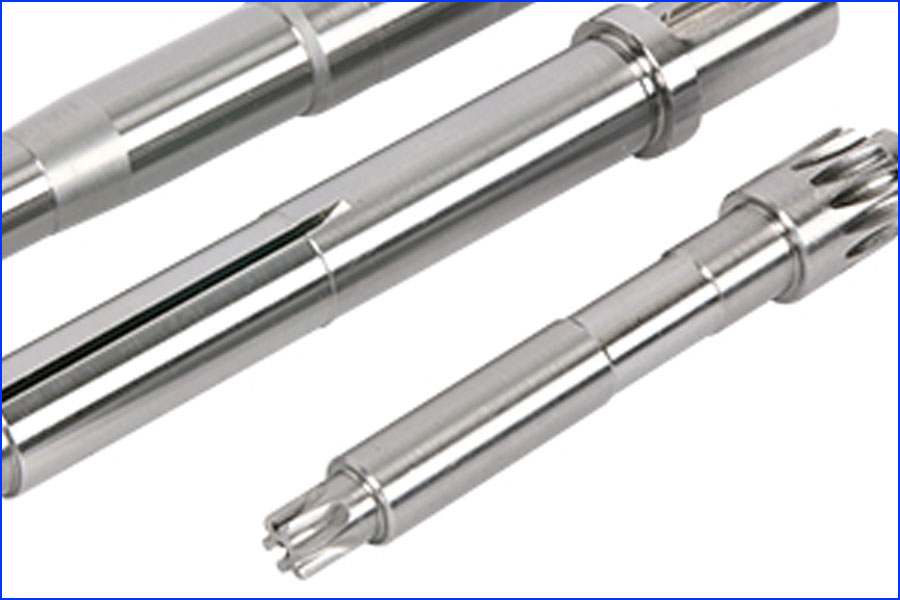The determination of the stamping die process plan is the most important link that should be carried out after the processability analysis of stamping parts. It includes process analysis according to the shape feature, dimensional accuracy and surface quality requirements of the workpiece to determine its main performance and the nature of the basic process.
Basic processes such as blanking, punching, bending, stretching, flanging and bulging. List all the single processes required for stamping. Usually, they can be determined directly from the requirements of the product parts drawing. The determination of the stamping die process plan should also be based on process calculations and determine the number of processes.
For stretched parts, the number of drawings should also be calculated. Bent parts and blanking parts should be processed one or more times according to their shape, size and accuracy requirements. According to the requirements of deformation characteristics, dimensional accuracy and ease of operation of each process, the sequence of the production process of the stamping die is determined.
Such as punching before bending, or bending before punching. According to many factors such as production batch, size, accuracy requirements, stamping die manufacturing level, equipment capacity and other factors, the single process originally arranged in sequence is combined with possible processes. Such as compound stamping process, continuous stamping process, etc.
Generally speaking, thick, low-precision, small-batch, large-scale stamping parts should be produced by a single process with a simple stamping die.
After determining the nature, sequence and combination of the process, the process plan of the stamping die is determined, and the structure of the stamping die for each process is also determined.

Leave a Reply